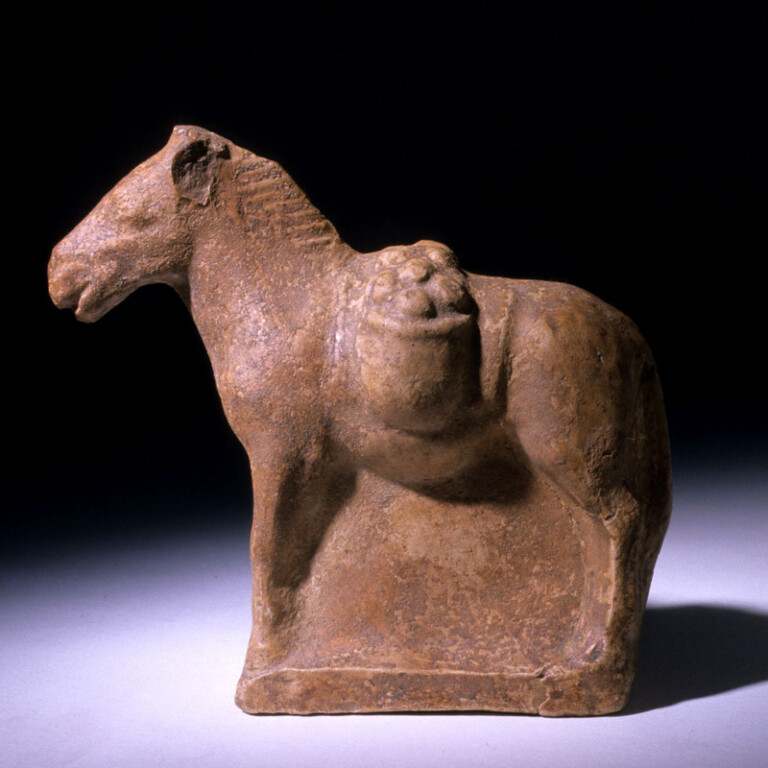Archaeological Museum
MUSEO ARCHEOLOGICO LOMELLINO
 included
includedSet up with didactic criteria, the Lomellina Archaeological Museum begins with a large archaeological map of Lomellina and accompanies the visitor with numerous panels, full of photographs, illustrations and captions.
Prehistory and Protohistory of Lomellina are illustrated by artefacts from the Recent Mesolithic period (7500-5500 B.C.), with significant flint finds from Vigevano, Gambolò and Gravellona. These objects testify to the beginning of frequentation of the territory. This is followed by artefacts from the Neolithic (5500-3300 B.C.), the Eneolithic (3300-2300 B.C.) and the Bronze Age (2300-900 B.C.). We then come to the First Iron Age (900-396 BC), when the Golasecca culture is represented by cremation burials from Garlasco-Madonna delle Bozzole, and then to the Second Iron Age (396-25 BC), with grave goods from the Celtic period. These illustrate life and customs in the Second Iron Age (Celtic period), highlighting male and female activities and clothing. Reconstructions of cremation and inhumation burials represent the evolution of funeral rites over the millennia.
The Roman Age is also represented by significant grave goods, in which the glass objects, abundant in the Lomelline necropolises of the 1st century A.D., terracotta figurines made from dies (divinities, embracing spouses, animal figures, etc.), terracotta applications that adorned the funeral beds that held the corpse, fine ceramics and oil lamps stand out. Specific insights are devoted to women's clothing and toiletries.
Visiting the Lomellino Archaeological Museum means taking a plunge into the prehistory and ancient history of this territory.















